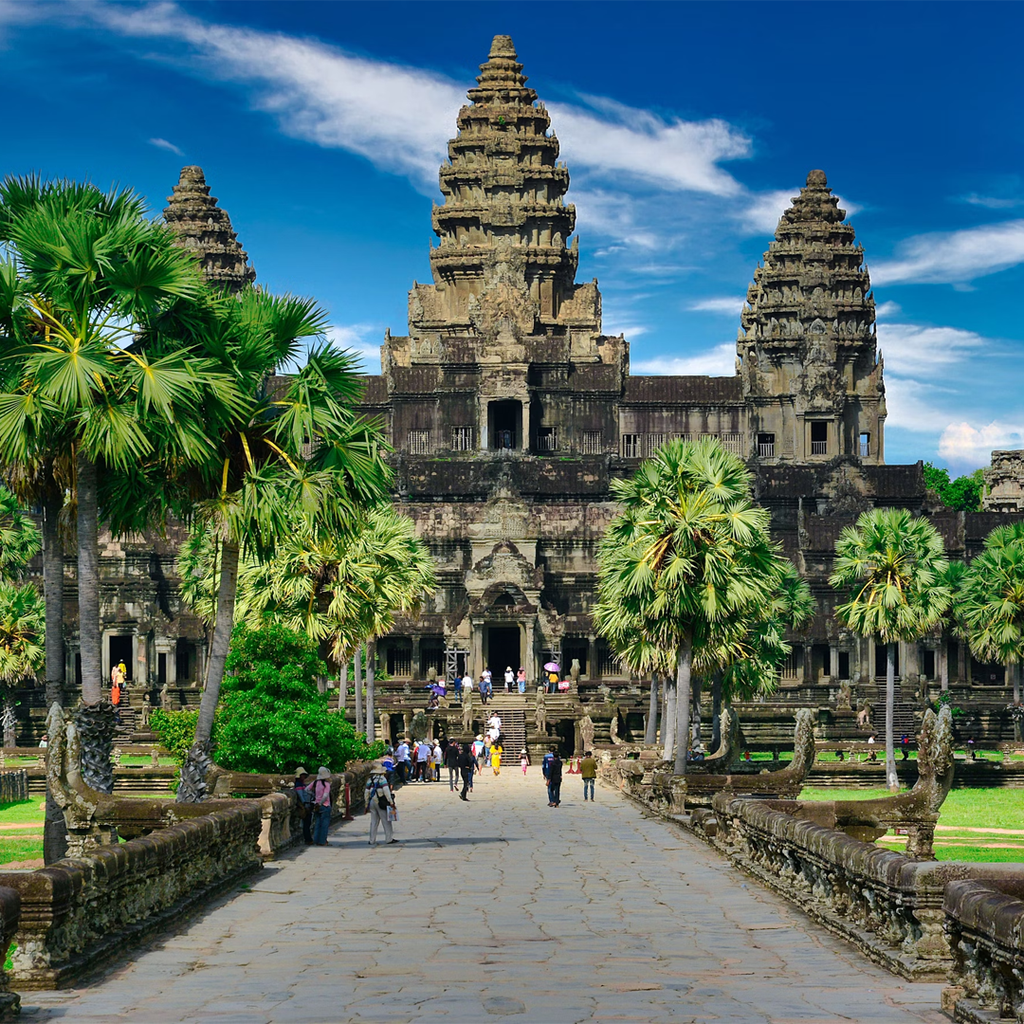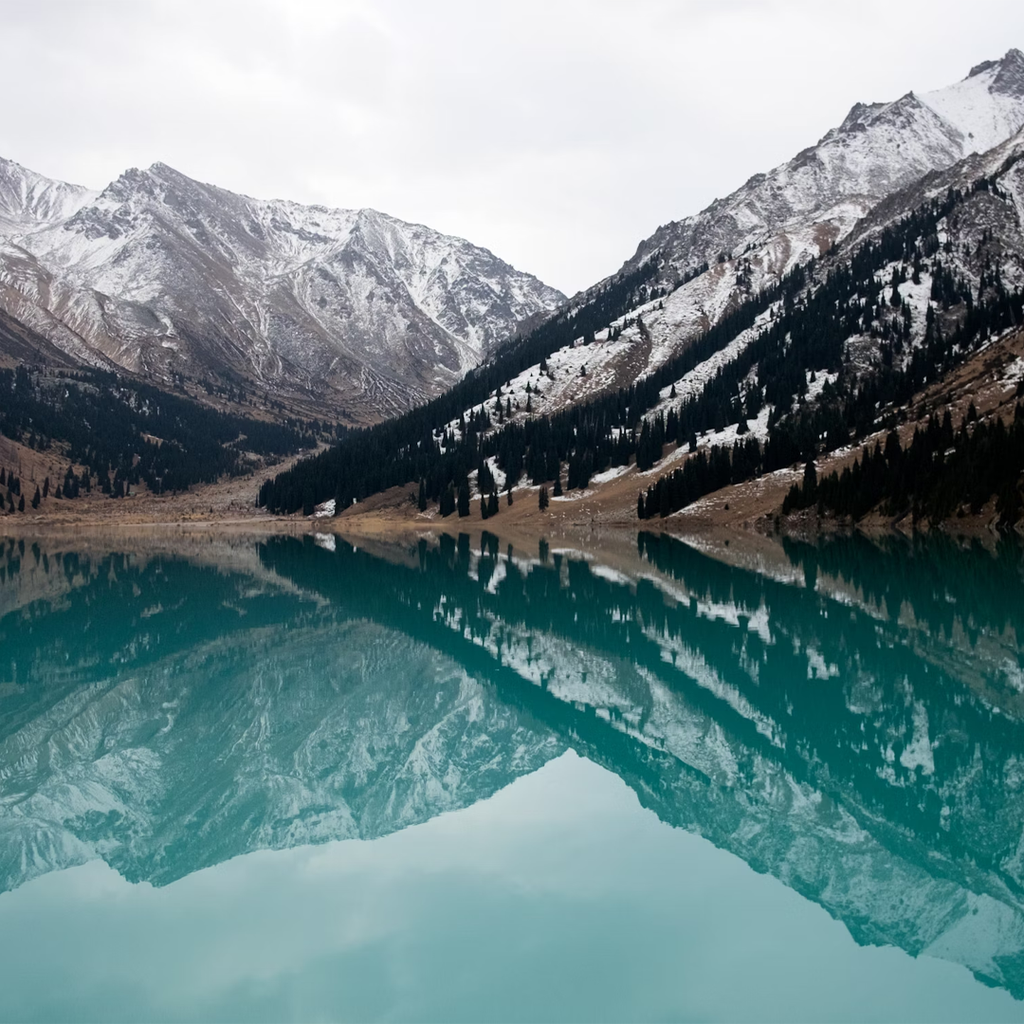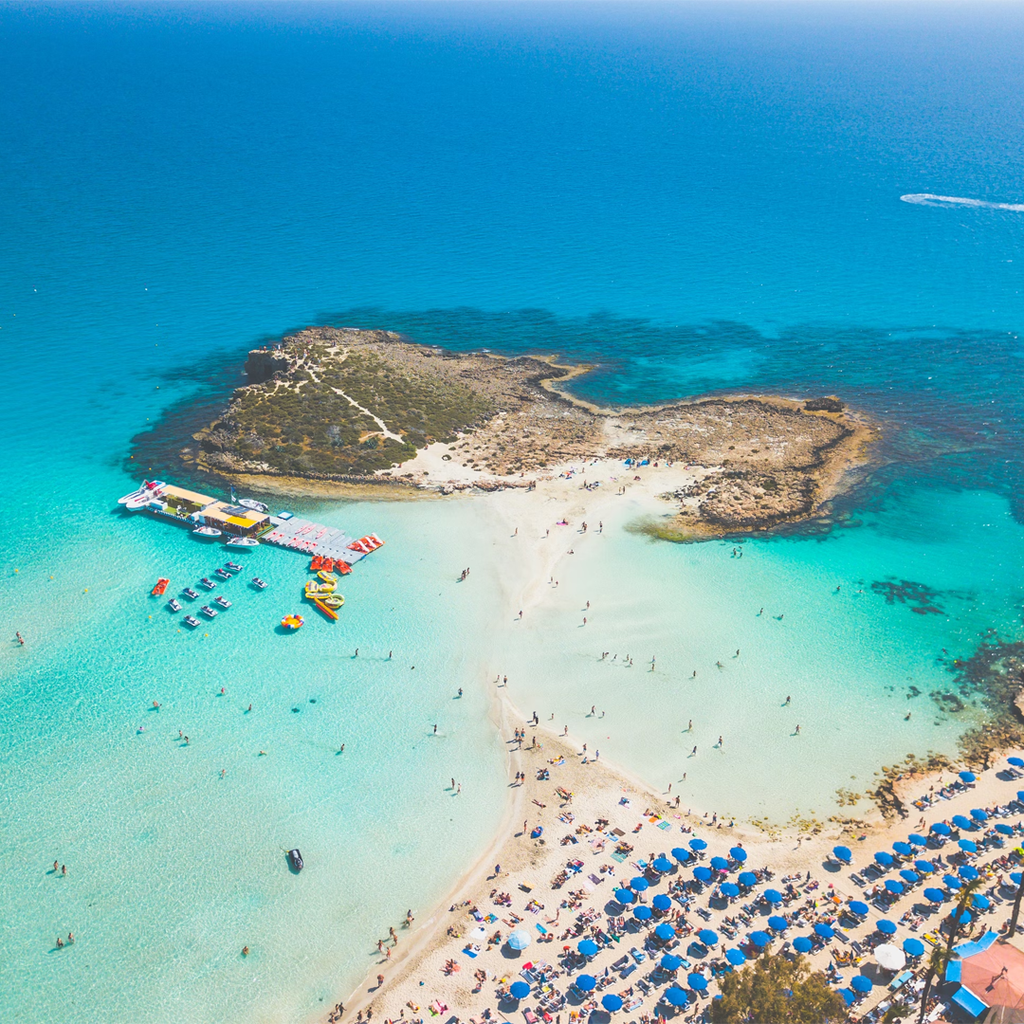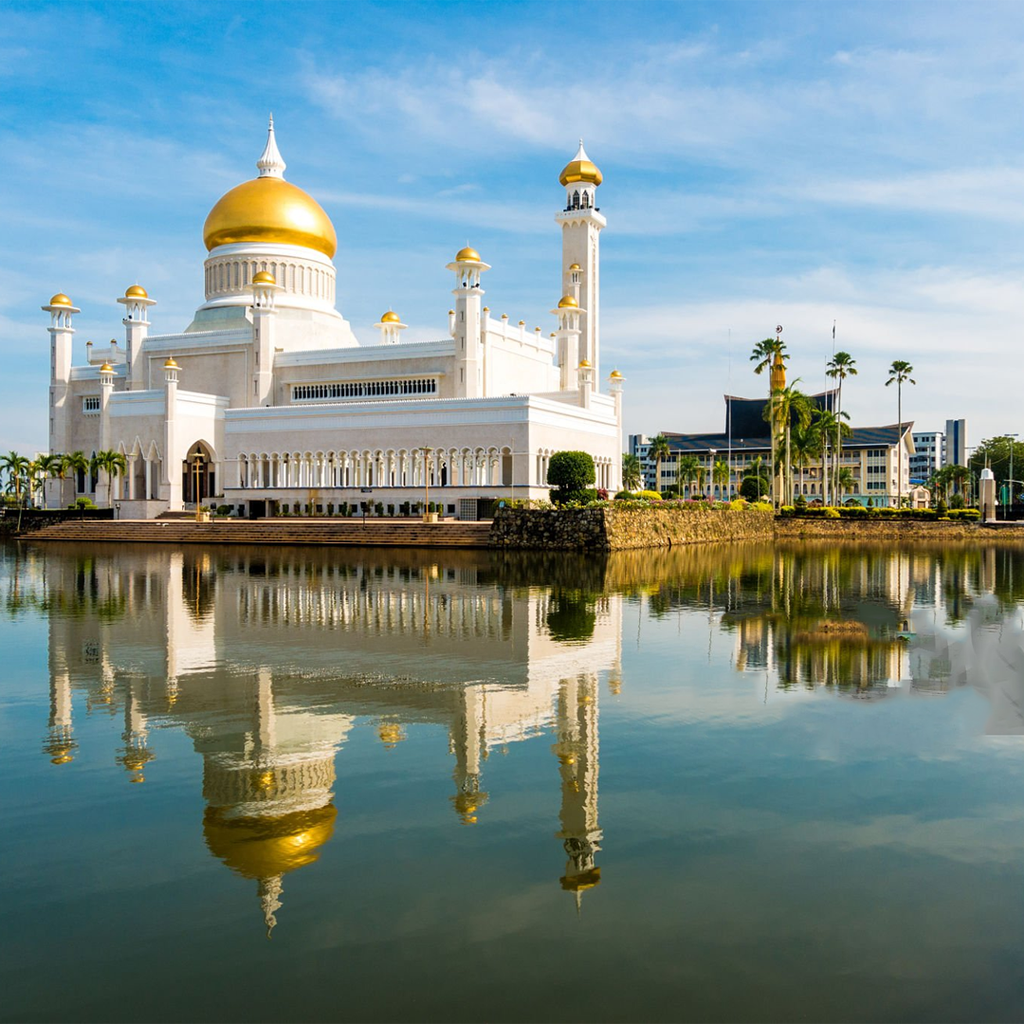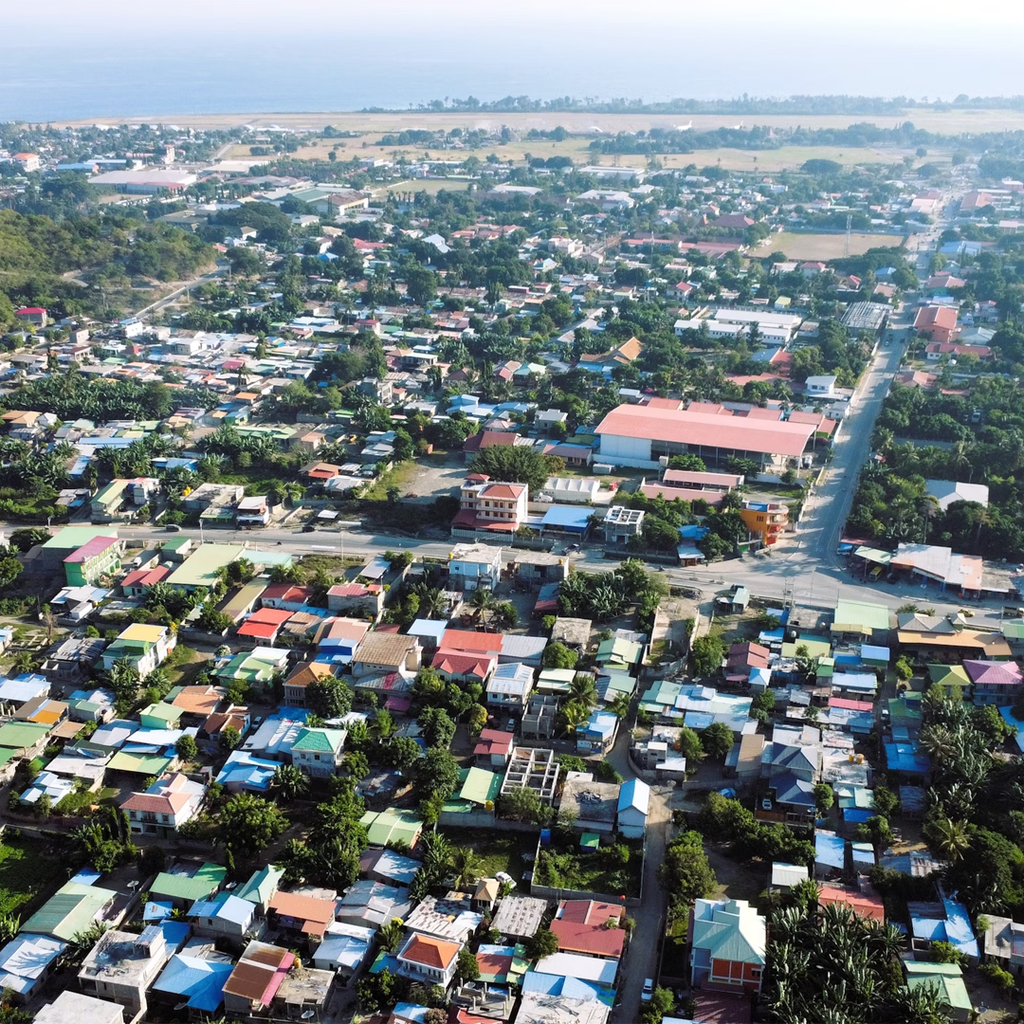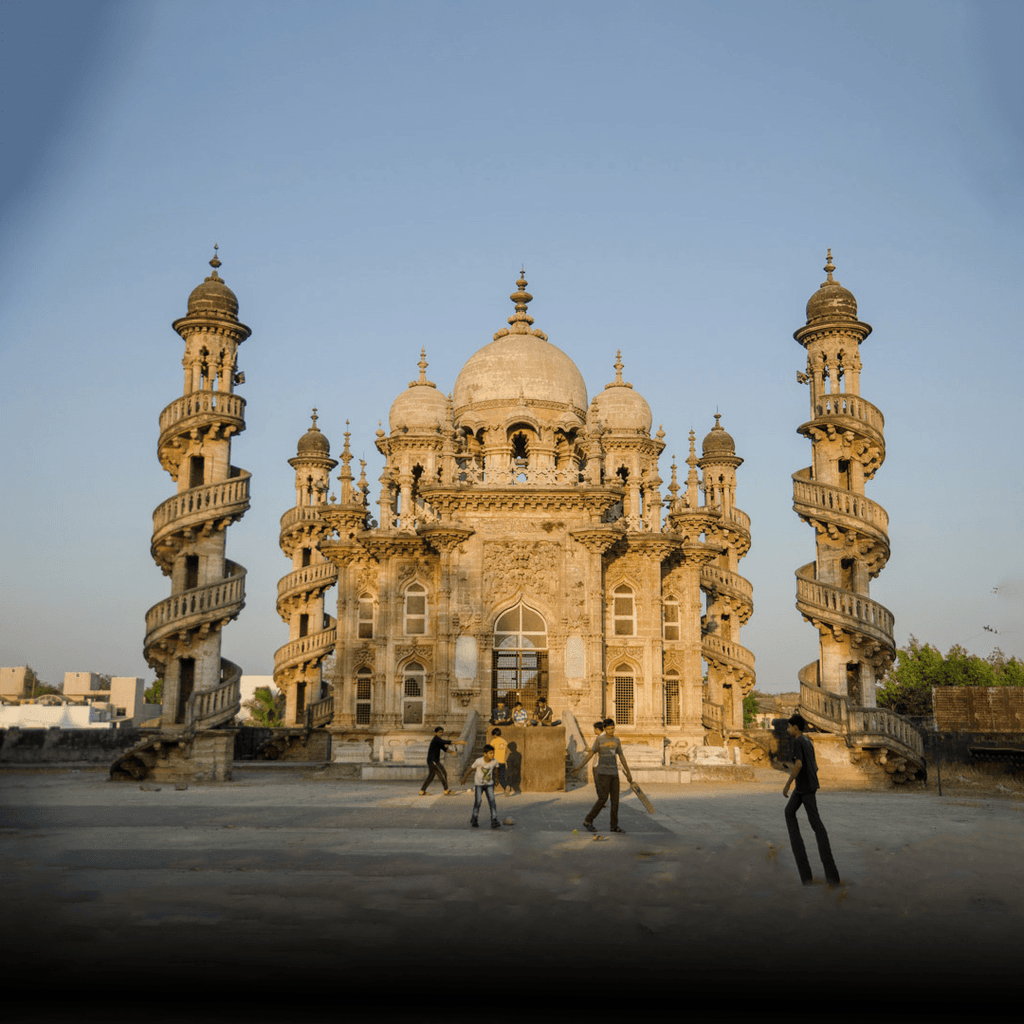
Gujarat: The Land of Rich Heritage and Vibrant Culture

Gujarat: The Land of Rich Heritage and Vibrant Culture Gujarat, located on the western coast of India, is a state rich in history, culture, and commerce. Known as the birthplace of Mahatma Gandhi, Gujarat has played a pivotal role in shaping the modern Indian nation. The state is home to some of India’s most iconic landmarks, historical cities, and vibrant festivals. The city of Ahmedabad, Gujarat’s largest city and former capital, is known for its thriving textile industry and its significance during India’s independence movement. The Sabarmati Ashram, located on the banks of the Sabarmati River, is one of the most significant places associated with Mahatma Gandhi. It was here that Gandhi launched his Salt March in 1930, a pivotal moment in the Indian freedom struggle. The ashram now serves as a museum, preserving Gandhi’s legacy and showcasing his life, teachings, and philosophy. Another important historical site in Gujarat is the Rani Ki Vav (Queen's Stepwell) in Patan, a UNESCO World Heritage site.
This stepwell, dating back to the 11th century, is an architectural marvel, featuring intricately carved sculptures and ornamental designs. It was built to provide water to the region during the dry season and is a testament to the advanced engineering and architectural skills of ancient India. The stepwell’s unique design, with several levels of steps and elaborate carvings, reflects the artistic sensibilities of the Solanki dynasty. Gujarat is also home to the Somnath Temple, one of the twelve Jyotirlingas dedicated to Lord Shiva. Located on the Arabian Sea coast, this ancient temple has been destroyed and rebuilt several times throughout history, with the current structure dating back to the 1950s. The temple is a popular pilgrimage destination and a symbol of Gujarat’s religious and cultural heritage. The Kutch region in Gujarat is known for its vibrant culture, particularly its traditional crafts, music, and dance forms. The Rann of Kutch, a vast salt marsh, is famous for the Rann Utsav, a festival that showcases Gujarat’s tribal culture, folk music, dance, and handicrafts.
The region is also home to several unique temples and ancient forts, such as the Mandvi Fort and Dholavira, an ancient city of the Harappan Civilization, which is one of the five major archaeological sites of the Indus Valley Civilization in India. Gujarat is also renowned for its cuisine, which includes a variety of vegetarian dishes, including Dhokla, Khandvi, Thepla, and Farsan. The state’s culinary traditions reflect its agricultural abundance and the influence of various communities, including the Jain and Muslim populations. The annual Navratri festival, celebrated with grand fervor across the state, is another major highlight of Gujarat’s cultural calendar. During this nine-night festival, people engage in the traditional dance forms of Garba and Dandiya.



